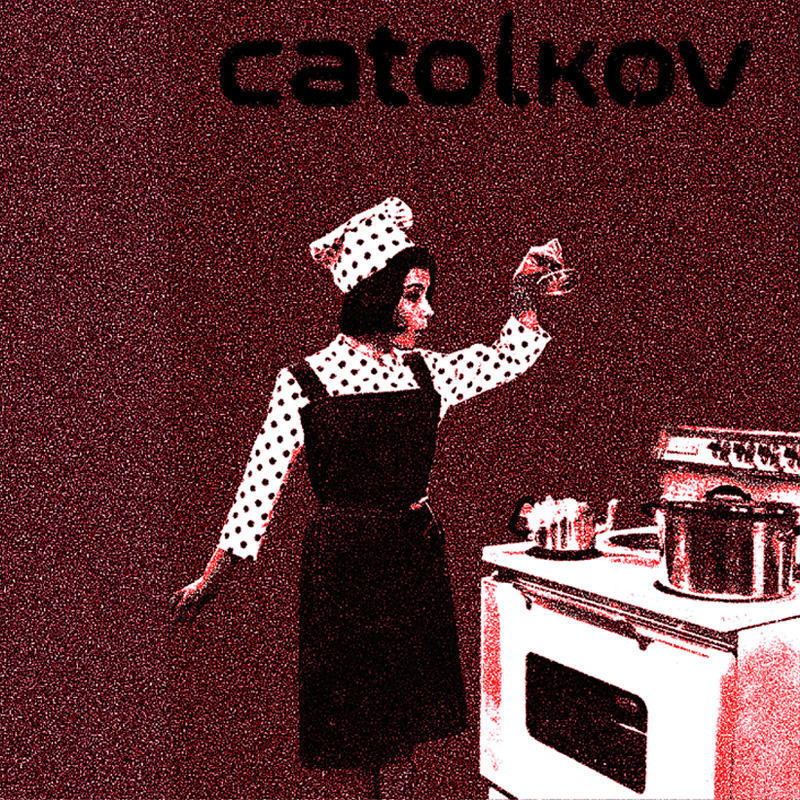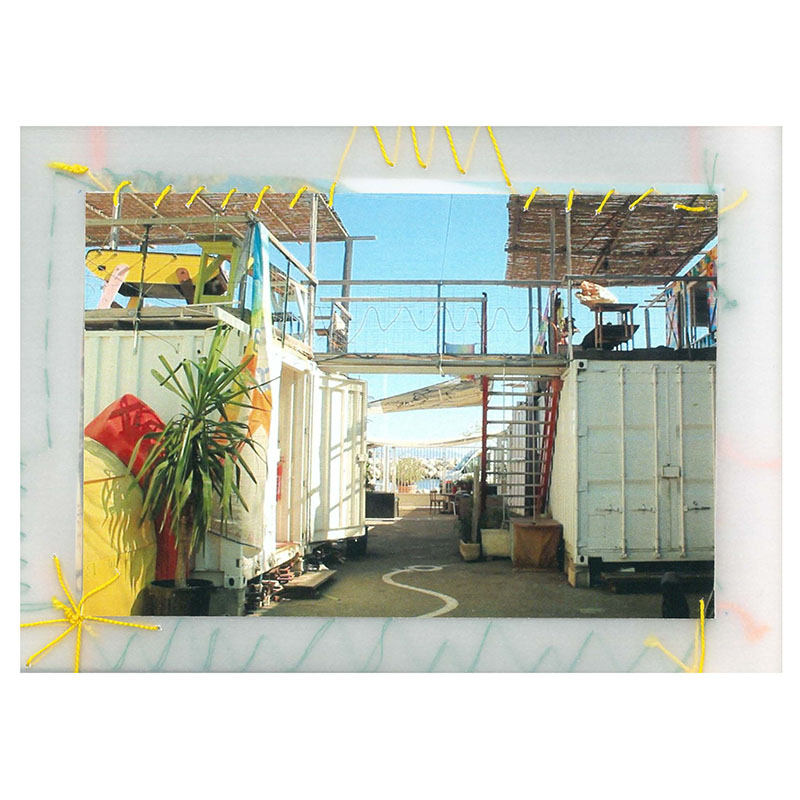

The issue of shaping living spaces appropriate for the two sexes has been intertwined since the beginning of architecture. The present research brings to attention the concerns of women and their experiences in their homes. More specifically, we will take the female perspective of specific areas of the living space and explore how traditional architecture was shaped to maintain gender segregation in the home. Finally, we will review the contemporary experiences of women from the space in which they live and evaluate how gender relationships are being redefined in modern times.
Subjects of participation: same-sex couple, same-sex roommates, single-parent familiy (mother-daughter), and a single (female) resident.
The survey was conducted in the form of a questionnaire interview and mapping based on the frequency of usage of living spaces, and feelings about them. It was discovered that females seek privacy, space for their hobbies, they like to share the whole house with visitors, but usually not their bedrooms. The modern-day “boudoir” is now the bathroom sink and the hall is the space for ‘reconstruction’ and congregation. All the modern-day findings are antipodal points to the spaces used by females in the past.
Supervisor: Giannisi Phoebe
Reference Number: 1183


The invention of vehicles, with at least four wheels, has dramatically influenced the historical development of Western civilization. A civilization without long-distance motor vehicles would yield a different architectural and urban expression. The most important movement phenomenon in the interior and the periphery of the cities that immediately depends on the intensive use of cars, is the operation of factories, peri-urban general warehouses, suburban districts, villages, communities, satellite cities. Inventive industrialist Henry T. Ford inspired the production line, where every employee, engineer and craftsman, was specialized in a detailed task—adding a part—to the car being formed, on the moving line. This innovative process formed the basic technical production background for the emerging automobile industry but also - more generally - for mass standardized optimal production in many other factories manufacturing domestic machines and components, the aeronautical industry and shipbuilding. With the daily use of thousands of cars, many traffic accidents occur. The need for a safer driving environment and the investigation-testing of multiple technical innovations for the safety of drivers was the main reason that component-system test races began to be organized at the natural speed limits. Human experience/exercise at the limits of speed was limited by the physical capabilities of man/animal. Engineers progressively created a number of early vehicles that, however, were not designed to achieve high speeds. The development of the car was based on achieving mechanical reliability/safety, not speed. Therefore the first races were endurance tests. The machine had to respond properly to high-speed safe movement in order to evolve into a shared, mass, reliable, new means of transportation. The attraction of new technology, and the public admiration, reliability and endurance contributed to the progressive formation of social reflexes linked to the cult of speed. One of the most important motor racing/regular technical testing events is the organized races called Formula1. The reason a significant number of people watch F1 races is not only to systematically watch the factory teams technically (safety, mechanics) develop the cars to gain a speed/racing behavior advantage, but also to watch the implementation/testing of new technologies / of innovations being developed.
Supervisor: Stylidis Iordanis
Reference Number: 1179


We find ourselves decades after the term for gentrification was first established, looking for both its roots, as well as the ways it evolved and adapted to modern conditions. A historical retrospect of its main manifestations and theories is carried out, which are later applied to contemporary data. The contribution and the wideexpansionof touristic activity throughout the world, is considered an important factor in the processes of gentrifying an urban landscape.
In many of the places where tourism is developing, it is a central element in their growth and development. Nevertheless, its extensive and long-term existence in them, has often led to their touristification and hotelization. Short-term rental platforms, the most dominant of them being Airbnb, have played an important role in this and they have also changed the way we move and travel. Their selection and use has found breeding ground, due to the emergence of the new urban tourist and digital nomads.
Through a critical study and search ofexamples in global metropolises, as well as in Greece, it is possible to conduct a personal assessment and also to develop critical thinking, regarding the way that the analyzed theories are applied to the case studies. Moreover, we look further into the way that short-term rentals impacted the selected neighborhoods, in terms of the quality of the old residents’ everyday life, their economic changes and the transformation of their character and their authenticity. Through those studies, it is possible to observe the urban environment and envision the quality and form of the urban space we wantto inhabit in the future.
The aim of this research thesis is not to prove whether Airbnb is a threat or a new opportunity for urban spaces, but food for thought in relation to the proper integration of this technology into urban landscapes.
Supervisor: Lykourioti Iris
Reference Number: 1195


The greek islands are one of the most popular summer holiday destinations, not only on a local but on a global level. Thus, tourism in Greece is a constantly growing economical activity. What happens when the number of visitors exceeds the island’s capability to accommodate them? The rising popularity of the islands, the last years, has reached a level where the identity of the island as well as the "tourism product”, meaning the quality of the visitor's stay there, are starting to change. In an effort to redefine the tourism model, we notice a change of direction to different type of holiday. We now see islands less popular, advertised as locations "non touristy" and "authentic" where the visitor can live like a local and enjoy the unspoiled landscape. What do we mean by "authenticity"? Which are its characteristics? How can someone live the real experience of a place? And what does it mean, for the place itself and for its people, all of the above, to become the elements of a new tourism campaign? Considering these questions, in this research a case-study is conducted on the island of Serifos, which has been characterized as an alternative holiday destination. After taking interviews, visiting the island, doing bibliographic research and collecting photographs, we attempt to understand the meaning of "authenticity" on this specific island. Is promoting this "authenticity" the answer to the overconsumption of tourism today and what are the consequences that this will come with?
Supervisor: Gavrilou Evelyn
Reference Number: 1187


“Thalassanté, traces of water-weaved co-existences” is an attempt to document the building of Thalassanté, a self-managed and collectively constructed space by the sea in the port of Marseille. Within it, it houses collaborative projects whose actions are related to social solidarity, ecological transition, symbiotic relations and the sea. It is a place for sharing knowledge and co-creating, made possible by the people that spend time there together. Above all, it’s hoping to give to the people of the neighborhood a place to co-exist and allow the practices that take place within it to constantly redefine its identity. Through its documentation and analysis, elements that are producing qualitive common space, open to all city’s bodies, can be identified. The results of this research inflict the rethinking of the methods of space production and hopefully enrich the architectural design tools by observing everyday practices that emerge spontaneously from the interaction of its users. The documentation started while being in Marseille on an Erasmus program. This body of work was produced at UTH by Papaioannou Styliani-Ligeia and supervised by Iris Lykourioti.
Supervisor: Lykourioti Iris
Reference Number: 1238


This research work focuses its interest on the choreographic work of Anne Teresa de Keersmaeker and especially on the way in which she manages the stage space and on the choreographic tools she uses to construct a choreography. This is done in the light of two works of the choreographer. The basic principles of the space-movement relationship set by Rudolf von Laban through Labanotation, the system of analysis and recording of movement, are examined.
As she herself has said, choreography is the organization of movement in space and time. The space is shaped together with the movement throughout the construction of a choreography. In addition, the main interest of this research is the finding that a choreography is a function of two spatial relationships, one relationship is that of the space organized by marches on the ground and on which a choreography is based, and the second is the space that it produces choreography as a three-dimensional movement in space and time.
Finally, as a result of the research, a choreography is produced in the central corridor of the TAM school, where the most basic daily movements intersect. The choreography arises from the structure of the corridor space, while at the same time it can create new spatial relationships and movement possibilities. Space is what gives the instruction according to which bodies move within it. This choreography is confronted with 3 components: the reading of the space in a top view, the choreography resulting from the choreographic tools of Anne Teresa de Keersmaeker and the seminar with Marta Coronado combined with the daily movements that occur in the corridor and the question of what remains after a choreography is over.
Supervisor: Gavrilou Evelyn
Reference Number: 1241

